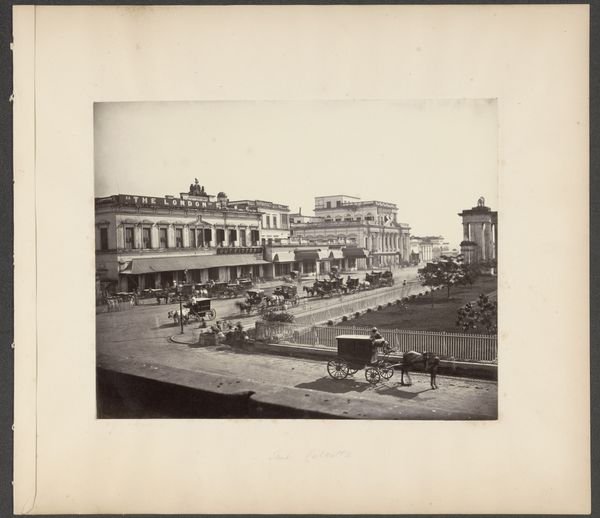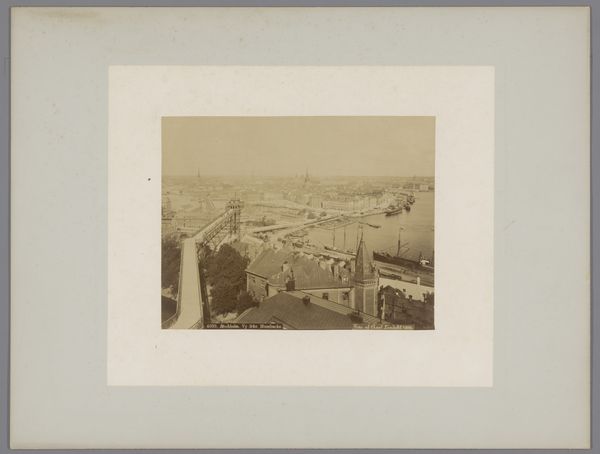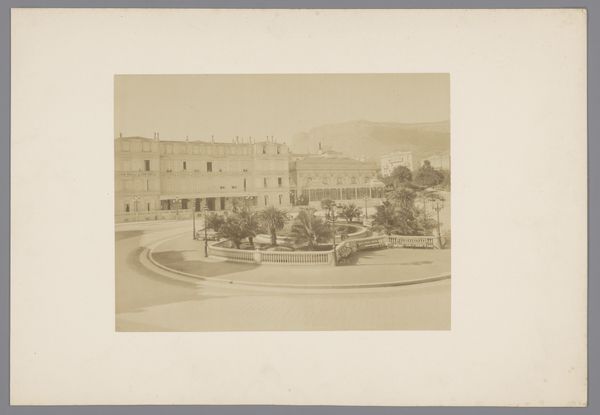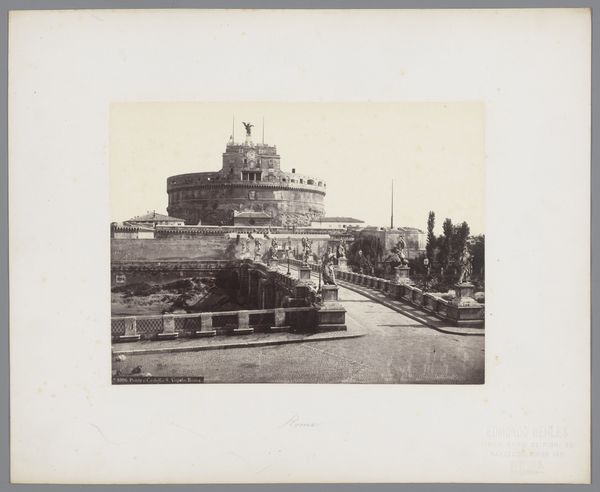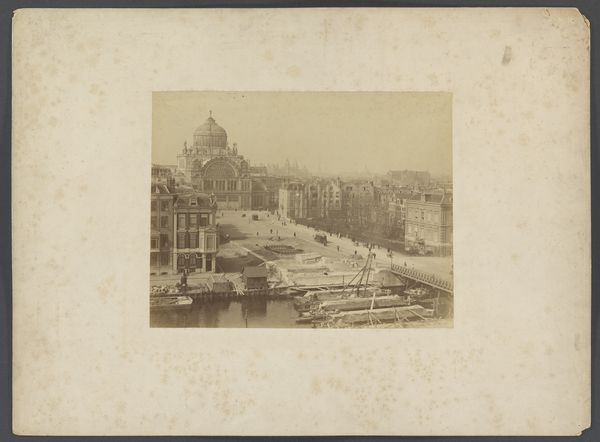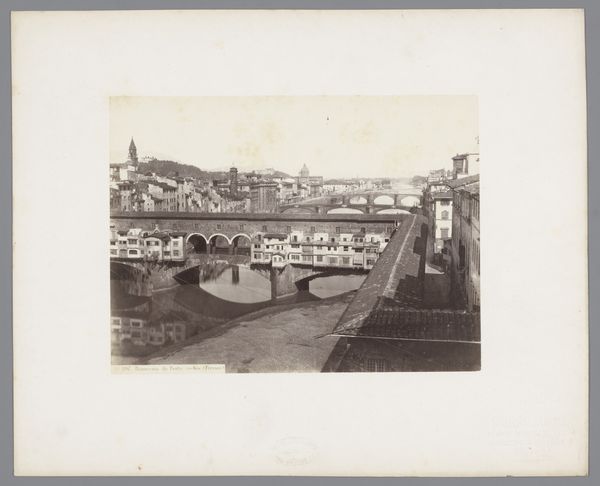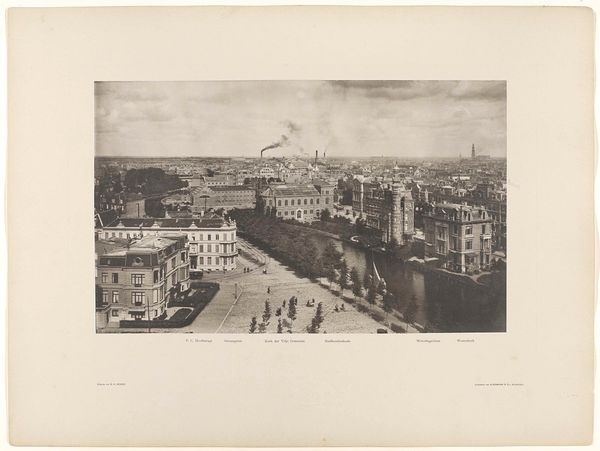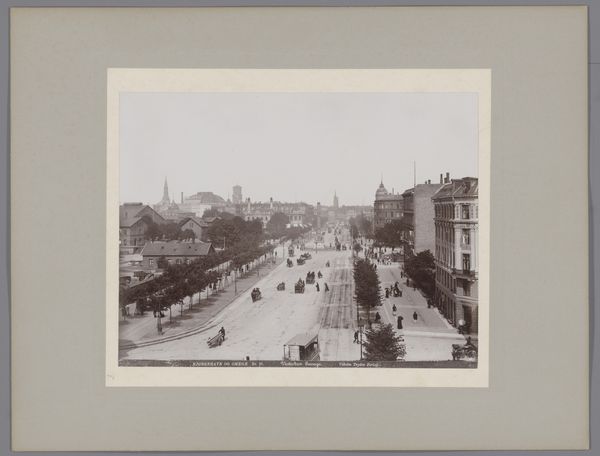
print, photography, albumen-print
# print
#
landscape
#
photography
#
ancient-mediterranean
#
cityscape
#
albumen-print
Dimensions: height 320 mm, width 378 mm
Copyright: Rijks Museum: Open Domain
Curator: We're looking at "Gezicht op het Colosseum te Rome, Italië" or "View of the Colosseum in Rome, Italy," a photograph taken between 1867 and 1874 by Sommer & Behles. The print is an albumen print. Editor: It's undeniably majestic, even in sepia tones. There's this profound sense of both grandeur and decay. The composition leads the eye from the manicured gardens right to this looming ancient structure in the background, highlighting the passage of time. Curator: Yes, the albumen process itself is worth noting. It used egg whites to bind the photographic chemicals to the paper, creating a glossy surface, although it certainly muted tones and was prone to fading, we can appreciate the meticulous labor in the image itself. In the mid-19th century, it also allowed the mass production of images. Editor: Mass production facilitated colonialism’s visual consumption of other cultures. This photograph, produced by a studio popular with tourists, participated in creating and perpetuating the idea of Rome, and the Colosseum, as a site of spectacular imperial power. What do we choose to remember? What's carefully composed out of the image? Curator: Precisely. Think about the access to the raw materials and specialized knowledge that was required for production. The materiality speaks volumes about how this photograph circulated, not just as an art object, but also a commodity within a growing tourism industry. Editor: And what is carefully *shown* in the image, reinforces these existing power structures, reflecting a certain view of history, mostly omitting or overshadowing other histories, whether it be women’s or the plight of marginalized people that also inhabit Rome during that time period. Curator: It’s quite a complex interplay isn't it? How technology serves aesthetic aspirations while simultaneously furthering commercial interests. How art becomes enmeshed with production, labour, capital. Editor: It's a sobering reminder of the layers of interpretation inherent in even seemingly straightforward historical documents. And how every image participates in constructing larger narratives, for better or for worse.
Comments
No comments
Be the first to comment and join the conversation on the ultimate creative platform.
